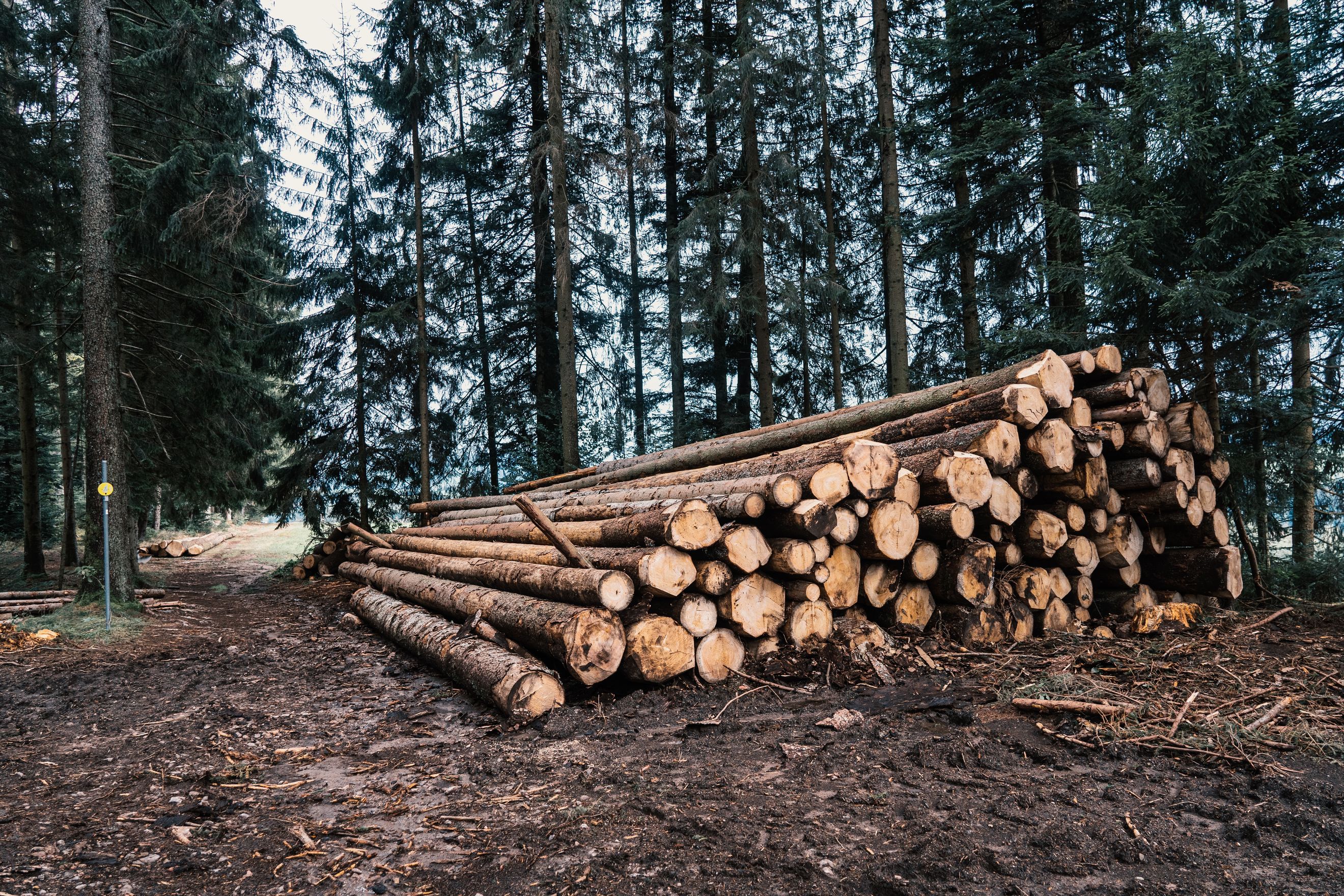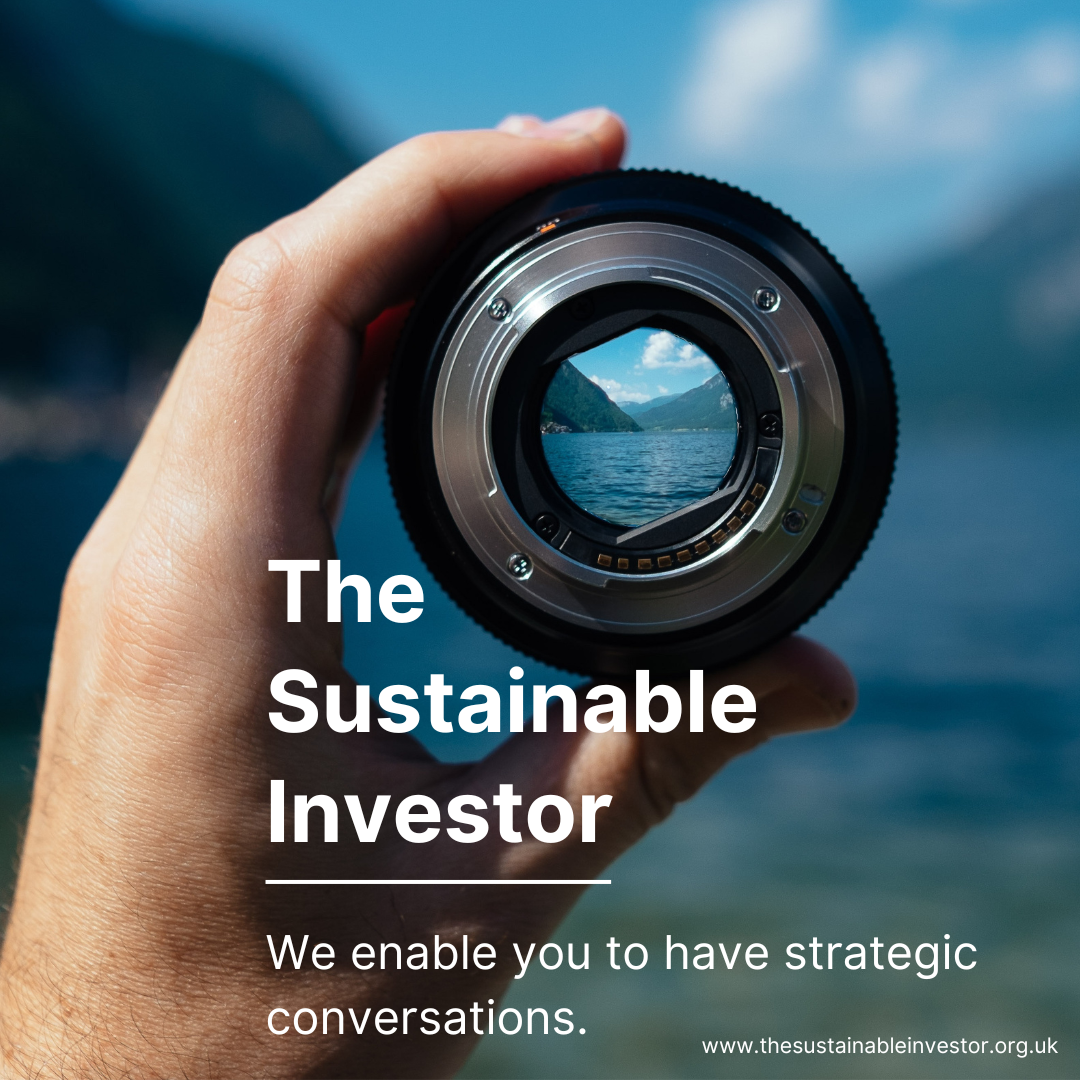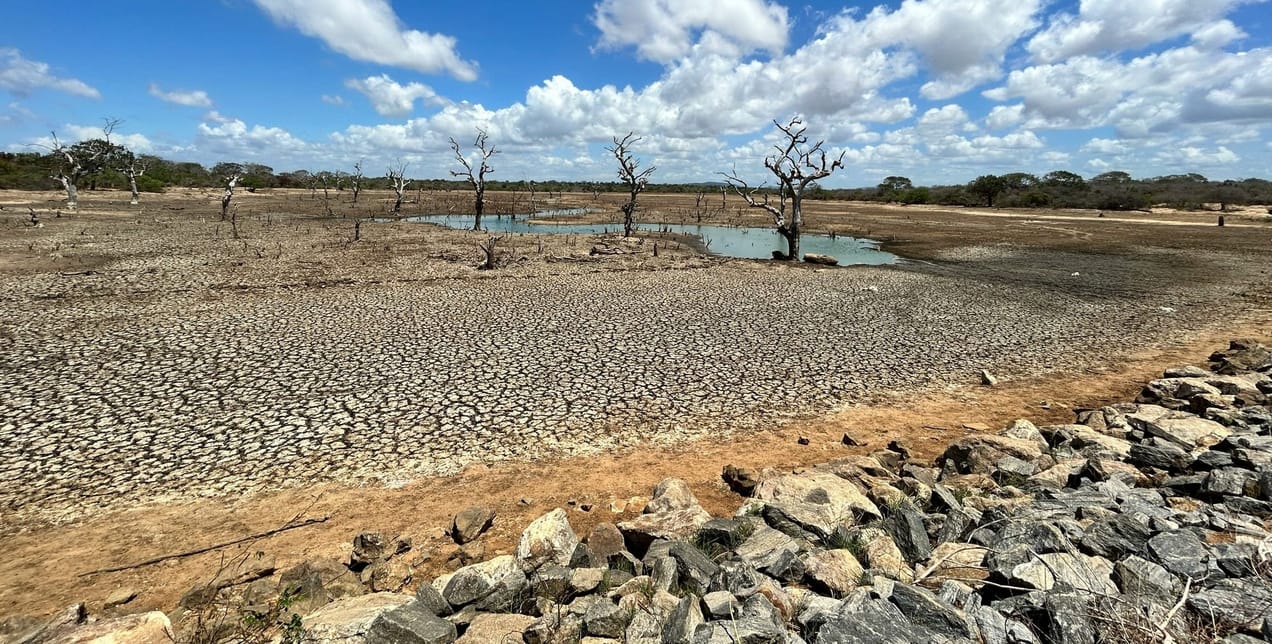
FLAG(ging) land-intensive sectors
Agriculture, forestry and other land use comprise one-fifth of global GHG emissions. Now we have some science-based targets.
Summary: The Science Based Targets initiative (SBTi) has launched Forest Land and AGriculture (FLAG) guidance giving land-intensive sectors a standard method for companies to set science-based targets that cover land-based emissions (and removals) such as those from forestry, agriculture, land management and changes in land use.
Why this is important: FLAG industries are important as they can improve the emissions efficiency of activities as well as enhancing their carbon sink abilities (i.e. ability to sequester carbon).
The big theme: Land usage impacts GHG emissions, local economics including employment, culture and health and well-being as well as energy consumption and generation. It touches a number of themes for the sustainable investor and decision-maker, and one where innovation can reap huge rewards.

The details
The Science Based Targets initiative (SBTi) has launched Forest Land and AGriculture (FLAG) guidance giving land-intensive sectors a standard method for companies to set science-based targets that cover land-based emissions (and removals) such as those from forestry, agriculture, land management and changes in land use.
Companies signed up to SBTi and involved in land-intensive sectors or ones with land-related emissions comprising 20% or more of their total emissions must set FLAG science-based targets. As well as targets for the next 5 to 10 years, companies are also asked to develop long-term net-zero FLAG targets to get to align with the SBTi Net-Zero standard or at least 72% reductions by 2050 off a 2019 base year.
The top priority is to reduce emissions from deforestation and enhance carbon sinks as 80% of the mitigation from land use change comes from deforestation. More than 50% of the mitigation potential in the land sector comes from GHG removals including forest management improvement and soil carbon sequestration.
The timeline for setting targets is shown below
Why this is important
Agriculture, forestry and other land use represents about 22% of global GHG emissions. These have been “largely ignored to date” according to the co-lead of the SBTi FLAG project, Christa Anderson who is also a director at WWF. The Paris Agreement put in place the global objective to limit the temperature increase above pre-industrial levels to 1.5 degrees Celsius. The FLAG industries are important as they can improve the emissions efficiency of activities as well as enhancing their carbon sink abilities (i.e. ability to sequester carbon). How land is used therefore is very important, this is a topic we are going to cover more over time.
What other issues does this raise you need to be aware of?
The ‘bioeconomy’ (use of biomass as a replacement product) is seen as an important transition tool away from fossil fuel reliance. Social, ecological and economic factors need to be taken into account when deciding to use them and when we change land-use to facilitate the ‘bioeconomy’. The bulk of biomass is mostly composed of cellulose held together by lignin, a glue-like material. These can be separated, with the cellulose used to produce fuels, plastics and chemicals and the lignin used to produce glues, adhesives and binders. Where biofuels and bioplastics have similar performance characteristics to their fossil fuel derived counterparts and where waste materials are used rather than new crops, the bioeconomy can have a lower overall environmental impact. The danger is where the above does not apply, they become a burden not a support.
Burning wood pellets, a biomass, is classed as renewable energy in Europe, with waste sawdust turned into pellets and new trees planted to ultimately capture the CO2 emitted from burning the pellets. In the UK in 2021, bioenergy (including burning wood pellets, other biomass, anaerobic digestion and biogas) accounted for about 63% of renewable energy sources.
The Drax power station in Yorkshire produces approximately 12% of the UK’s renewable electricity by burning wood pellets in a converted coal plant. However, a BBC Panorama programme claimed that some of that wood originates from primary/old forests. This is important as a University of Hamburg study found that between 69% and 80% of all the carbon stored in trees is accumulated in the last half of their lives - i.e. older trees are better at storing carbon.
Interestingly FLAG does not include emissions from biofuels or bioenergy as this is already included in SBTi general guidance. FLAG and bioenergy are currently separate because many companies that have bioenergy emissions (and removals) are not companies in the land sector but rather companies in transportation, aviation, and other sectors where these are usually a very small portion of their GHG inventory.
Land use also has an important social aspect providing employment and supporting local communities and culture. Farming land has been historically converted to other uses when farming it has become uneconomical. Solar farms are one example as an alternative use case. Evidence has suggested that not only can solar and agriculture coexist (called “agrivoltaics”), but they can actually mutually benefit each other. A study found tomatoes produced double the fruit when under the shade of solar panels compared to those unshaded. In addition, because of the reduced water evaporation, water usage is improved too.
Within agriculture, farming methods and innovations as well as dietary changes (impacting what actually gets cultivated) can have meaningful impacts on sustainability, including emissions.
For example, regenerative agriculture in certain circumstances can be both more environmentally friendly (using less external fertilisers and pesticides) and profitable. A study from South Dakota State University and the Ecdysis Foundation found that “regenerative fields had 29% lower grain production but 78% higher profits over traditional corn production systems.”
Indeed, a shift in focus from “total farm productivity” to “total resource productivity” could be what is needed to ensure the global population as a whole has sufficient nutrients. We discussed this as well as changes to how animals are fed in another blog. The shift in diets, as developing economies become wealthier, leading to a greater diversity in diets and a shift in the balance of macronutrients (fats, carbs and protein) impacts the demand for certain agricultural products and hence the land use requirements. Over the years, different social trends have taken prominence with the 1950s to 1970s “protein gap” driving a meat heavy diet that still continues today. More recently the emergence of veganism and flexitarianism as mainstream diets is likely to shift demand again, reducing overall meat consumption proportionally and hence land use.
Something a little more bespoke?
Get in touch if there is a particular topic you would like us to write on. Just for you.
Contact us
Please read: important legal stuff.

